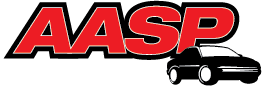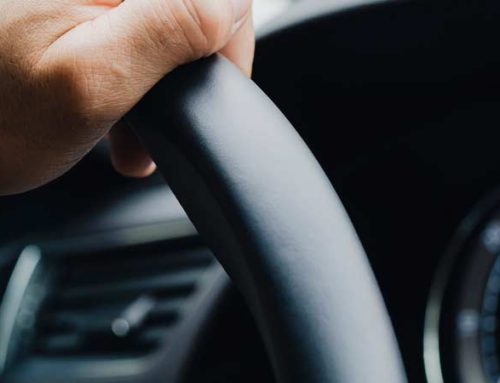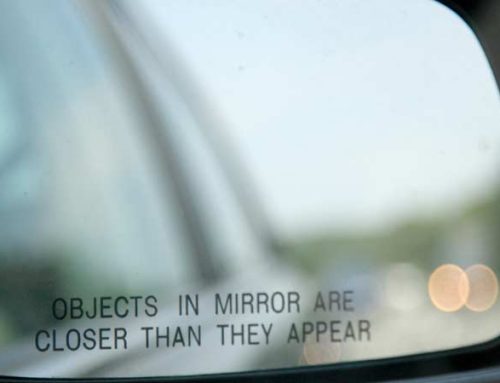AASP Calls for Certification and Recall Process for Aftermarket Structural Replacement Parts
The Certified Automotive Parts Association (CAPA) does not presently make available a certification process for aftermarket structural parts. The recent announcement by Diamond Standard of its intent to offer a comprehensive and independent certification process for structural parts is viewed as a timely and necessary offering. Our confidence in these parts, some of which may be well-engineered and structurally equivalent, will only be restored if and when a formal certification process is made available, and each of these parts is run through that process. In the absence of certification, the only responsible action is to fully remove their availability for use in collision repairs, including verified removal from each and every distributor’s shelves, in addition to the estimating databases.
The Auto Body Parts Association (ABPA) recently took the position that, “in the event that sufficient testing is not available, the ABPA has recommended discontinuation of the production and sale of these part types as well as immediate notification to the estimating systems to eliminate these parts from their parts databases.” The Taiwan Auto Body Parts Association (TABPA) also advised its members to stop selling and manufacturing non-certified structural parts. These actions are to be commended, but highlight the fact that under the present system, we must now wait to see if the related industry segments – the parts manufacturers, parts distributors, repairers and the insurers specifying these parts – voluntarily act responsibly in the interest of consumer safety.
When structural testing and certification of this class of parts is available and parts testing begins, we will have empirical evidence as to which parts are structurally equivalent and which are not. At that time, the various segments within our industry will again be “tested” in terms of their commitment to remove known defective parts from consumers’ vehicles. As is presently the case with Toyota, full responsibility for a known safety-related defect requires that the problem be addressed not just going forward, but retroactively, as well. A formal recall process for defective collision parts will be both complicated and costly, especially in light of the fact that apparently many of these parts are not stamped by the manufacturer with proper identification, including production lot, as had been identified as critically necessary a decade ago.
The collision repair industry has been fully consumed by cost containment market forces over the past several years. While this may be a necessary evil, we must all ensure that these pressures do not come at the expense of the end-product goal – a proper repair that returns the vehicle to pre-accident condition, not just in terms of appearance, but much more importantly, in terms of safety.
The Alliance of Automotive Service Providers is a coalition of associations which serve over 8,000 members of the automotive service industry. In a spirit of mutual cooperation and support, Alliance participants are committed to sharing information, knowledge and other resources for the benefit of the members they serve. For further information, please visit www.autoserviceproviders.com.





